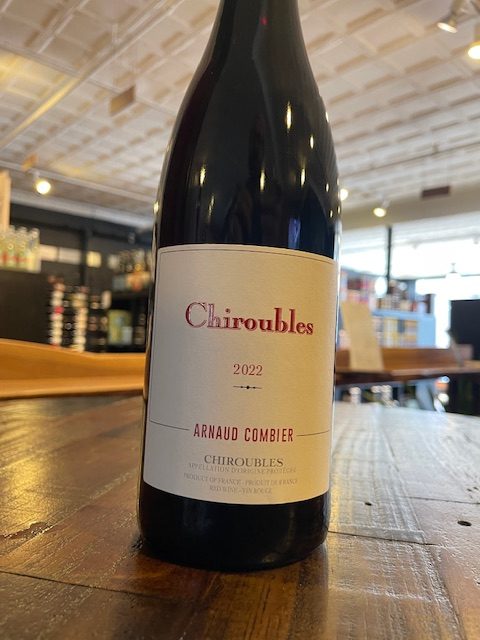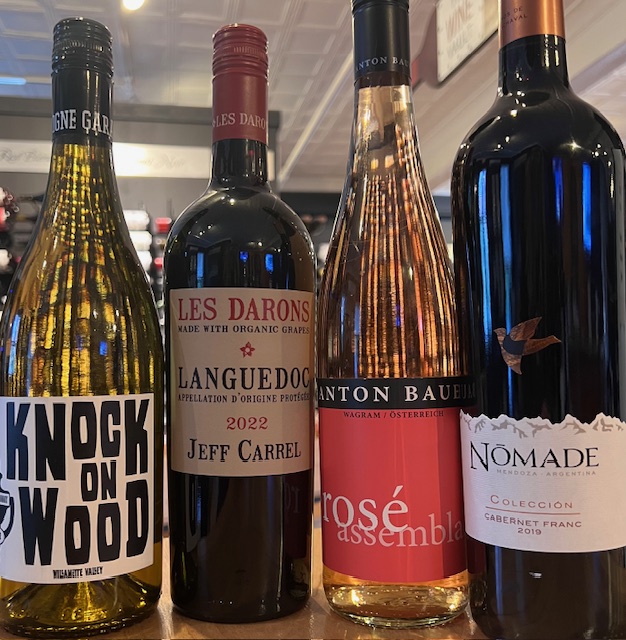dolcetto by Gordon Elms
Dolcetto (“dol-chet-to”)
A consequence of drinking more wine, and developing a more adept palate- is that many wines
we once liked, really don’t taste good. This tends to lead enophiles on a perpetual hunt for
interesting varietals, and creative vintners. Dolcetto is ideal for those seeking a different and
exciting drink. Stacked with dark fruit flavors and a medium to full body, it’s a quintessential
northern Italian red wine. Often bottled as a favored table wine- Dolcetto also has the capacity
for more structure and complexity. Overall drinkability, and a propensity to pair well with various
cuisines, make it one of the ultimate food wines. Whether searching for an enjoyable
daily drinker to pair with dinner or an inspiring bottle for a special occasion- Dolcetto is a great
choice.
It’s no secret that Northern Italy produces some of the most sought-after and reputable wines in
the world. In the northwest region of Piedmont, Barolo and Barbaresco are the top dogs. Both
are made with Nebbiolo, the region’s most iconic grape. In the shadow of such international
fame, Dolcetto often assumes the role of a guy everyone forgot to invite to a party. Nebbiolo is
known for intensity and producing a full-bodied, tannin-heavy wine- for which lengthy cask and
bottle aging are necessary. Relatively significant aging is not required for Dolcetto, and it ripens
earlier (up to four weeks) than Nebbiolo. For many estates growing Nebbiolo, Dolcetto provides
a much-needed product for the market, during the extensive aging periods of others. In
Piedmont, Dolcetto is a staple of daily life for many. It is a regular pairing with lunches and
dinners and a tried and true porch pounder.
The lack of enthusiasm for Dolcetto here in the states, often leads to a lack of available options.
There are well made, tasty, primary flavor-driven Dolcettos- and then there are the expertly
crafted, complex, sublime Dolcettos. Many Dolcetto wines are best drunk within the first to the
fourth year, but the more grown-up renditions can be aged over ten years in the bottle. The
name Dolcetto means “little sweet one”, but in tasting terms the wines are not. The name refers
to the taste of the actual grape, before the winemaking process. Well-made Dolcettos are very
affordable, and prices can range anywhere from $12-$30. The aging potential is 1-3 years for
those with fewer tannins, and 5-12 years for those with more.
The best known areas for producing high quality Dolcetto are Alba and Dogliani. Both are
territories within Piedmont. Good quality Dolcetto has wonderfully balanced acidity that
helps soften the strong dark-red fruit flavors, and hints of bitter chocolate. The first palat notes to
be detected are usually spicy fruitiness. In their youth, Dolcettos can be real juice bombs of
dark fruit flavor. Dark cherry, blackberry and plum are primary, with notes of black pepper and
almond as secondaries. As the finer crafted bottles age, they develop pronounced secondary
flavors of sweet spices and licorice.
Dolcetto is one of the most versatile wines for pairing with food. Rich, smokey dark meats are
some of my favorites to enjoy Dolcetto with. Burgers, meatballs, and venison are very good
pairing choices. Roasted tomatoes and vegetable dishes with plenty of garlic are also delicious
when paired with a nice Dolcetto. Pizza and pasta are great pairing options as well. There are
not too many ways to go wrong when trying to pair food with a delicious wine like Dolcetto.

